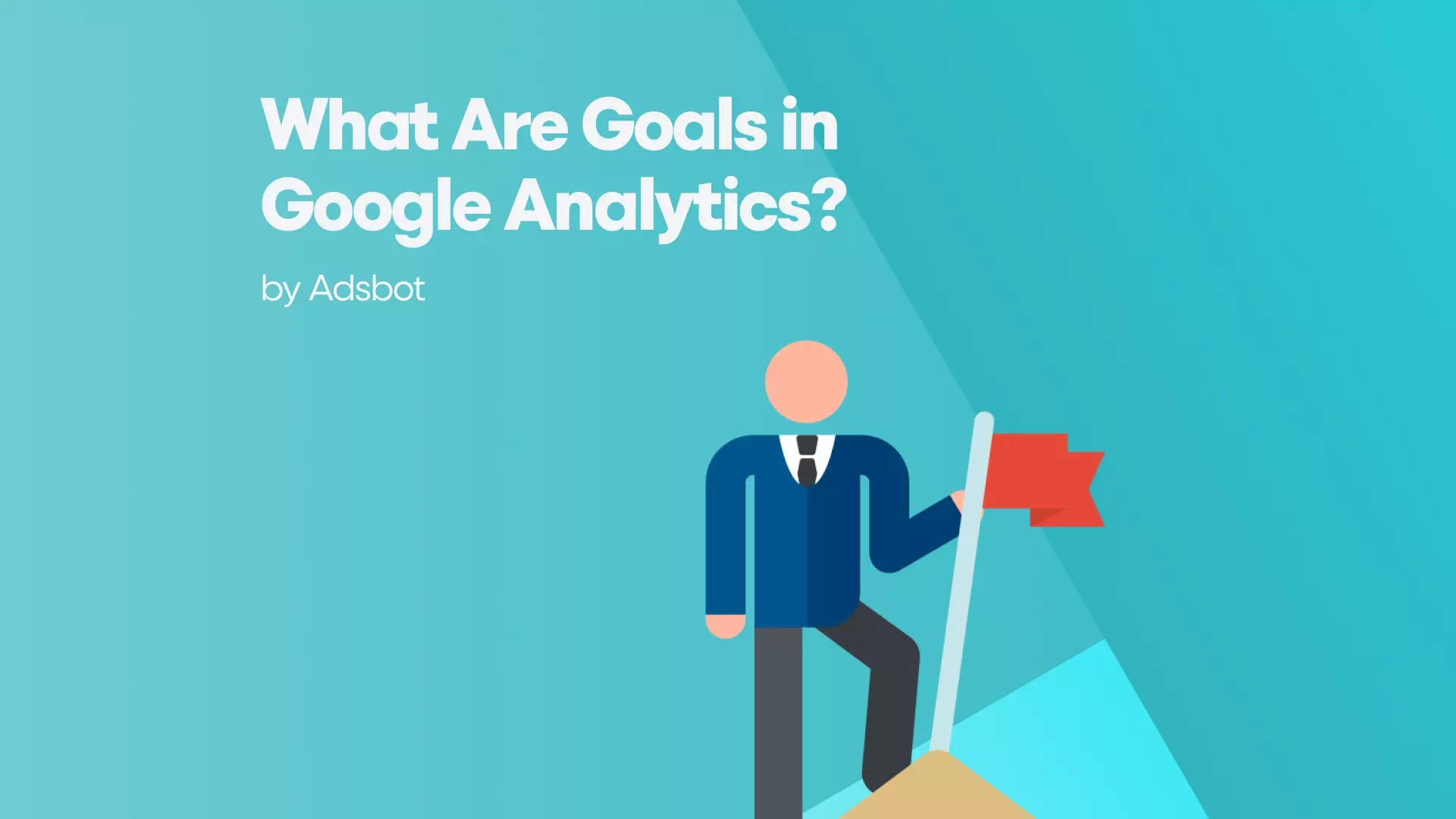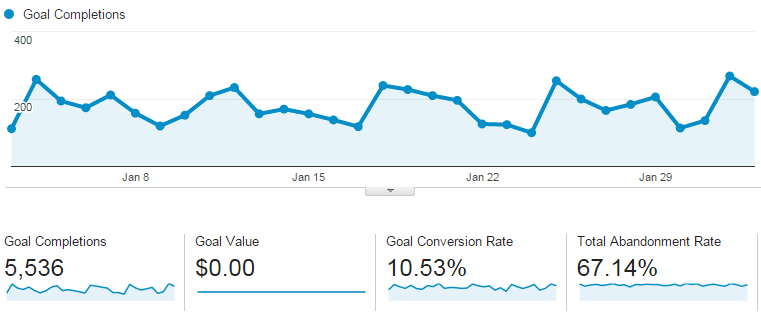Exploring What Data Is Google Analytics Goals Unable to Track
Demystifying Google Analytics Limitations: Discover What Information Goals Can not Track
In the world of digital analytics, Google Analytics stands as an effective tool that supplies valuable insights right into site efficiency and user habits. From the intricacies of individual communication with dynamic content to the complexities of cross-device customer journeys, these restrictions lost light on areas that might continue to be obscured from standard analytics perspectives.

Individual Communication With Dynamic Content
Individual communication with dynamic web content plays an essential function in recognizing user habits on websites and maximizing the overall individual experience. Dynamic content refers to components on a webpage that can alter without the need for a complete page reload. This includes interactive components such as pop-ups, sliders, types, and videos that respond to customer actions in real-time. By tracking customer communications with dynamic material, site owners can acquire useful understandings right into customer interaction, preferences, and behaviors.
Google Analytics provides different tools to track individual interactions with dynamic material, such as event tracking and online pageviews. Occasion monitoring permits you to monitor details customer activities, like clicking a switch or seeing a video, giving information on just how users interact with dynamic aspects. Online pageviews can be made use of to track communications that do not lead to a new web page lots, providing a detailed view of user engagement with dynamic content. By examining this data, site owners can make enlightened choices to improve individual experience and drive conversions.
Cross-Device Individual Journeys
Just how can contemporary analytics devices track the complicated courses users take across numerous devices in their on the internet journeys? Cross-device individual journeys provide a significant difficulty for monitoring and examining customer habits accurately. As individuals interact with apps or web sites using different tools such as desktop computers, tablet computers, and smartphones, it becomes essential to comprehend just how they move in between these systems to optimize individual experience properly.
Google Analytics encounters limitations in tracking cross-device user journeys because of privacy issues and technical constraints - what data is google analytics goals unable to track. While it can give understandings right into specific tools' communications, tracking a smooth individual journey across multiple devices remains a difficulty. This restriction can lead to incomplete information and fragmented individual insights, making it challenging for companies to create a unified view of the consumer trip
To address this issue, businesses can make use of innovative analytics devices that provide cross-device tracking capacities, permitting them to obtain a much more all natural understanding of customer actions. By leveraging these devices, organizations can bridge the gap in tracking cross-device individual journeys and optimize their digital techniques for a seamless customer experience.
Offline Conversions and Attribution
As organizations navigate the obstacles of tracking cross-device user journeys, another critical aspect to think about is the world of offline conversions and acknowledgment in the world of data analytics. While Google Analytics provides useful understandings into on-line user habits, it falls short when it comes to tracking conversions that happen offline. This limitation postures a considerable challenge for services that have both online and offline sales channels.
Offline conversions, such as acquisitions made in physical stores or with telephone call centers, are necessary to comprehending the complete client journey. Without the capability to associate these offline conversions to details on the internet communications, companies might struggle to precisely measure the effect of their electronic advertising initiatives.
To address this space, organizations can discover alternate remedies such as integrating CRM systems with on the internet analytics devices or making use of distinct discount codes that can be mapped back to online campaigns. By connecting the void between online and offline data, services can obtain a more thorough understanding of their customers' actions and improve their total advertising approaches.
Individual User Recognition
In the world of information analytics, the capability to precisely recognize private users across different online touchpoints important link is a crucial obstacle for companies looking for to customize and maximize their marketing techniques. While Google Analytics gives valuable understandings into customer actions and interactions, it falls brief in enabling the recognition of particular people as a result of privacy worries and technical limitations. Google Analytics uses special identifiers such as cookies to track user sessions and behavior, yet these do not relate to recognizing private users in an individual sense.

Information From Secure Pages
In spite of the increasing frequency of safe and secure pages on sites, obtaining information from these encrypted sources offers an unique challenge for digital analytics systems like Google Analytics. Protect web pages, shown by HTTPS in the link, secure data traded in between the individual's web browser and the web site's server to guarantee personal privacy and security. While this encryption is important for securing sensitive details, it likewise presents limitations for tracking user habits and celebration analytics data.
Google Analytics faces challenges in gathering thorough information from safe and secure pages because of the security procedures in position. Consequently, particular data factors such as referral resources, keyword searches, and even some individual interactions may not be fully caught when users access a website through a secure connection. This restriction can affect the precision and completeness of the information analysis, causing gaps in comprehending individual actions and choices on secure pages.
To navigate this challenge, digital analysts may need to explore alternative tracking methods or take advantage of other tools specifically created to collect understandings from secure web pages. By adapting strategies to accommodate these limitations, services can find this still acquire beneficial analytics despite the constraints presented by encrypted links.
Verdict
Finally, Google Analytics has restrictions in tracking individual interaction with dynamic content, cross-device customer journeys, offline conversions, individual customer recognition, and information from safe and secure web pages. These limitations impede a thorough understanding of user actions and may lead to gaps in data analysis. Despite its important insights, Google Analytics might not provide a full photo of individual involvement across different touchpoints. site link It is vital for services to be knowledgeable about these restrictions and consider auxiliary devices for an extra all natural view of their information.
User interaction with vibrant content plays an essential duty in comprehending customer behavior on web sites and optimizing the general customer experience. By tracking user interactions with vibrant content, site proprietors can gain important understandings into user interaction, choices, and behaviors.
Google Analytics utilizes one-of-a-kind identifiers such as cookies to track user sessions and habits, yet these do not equate to determining specific users in an individual feeling.
As a result, particular data factors such as referral resources, keyword searches, and also some individual communications might not be completely captured when individuals access a website with a safe and secure connection.In final thought, Google Analytics has limitations in tracking individual communication with dynamic content, cross-device user trips, offline conversions, specific user identification, and information from safe and secure pages.